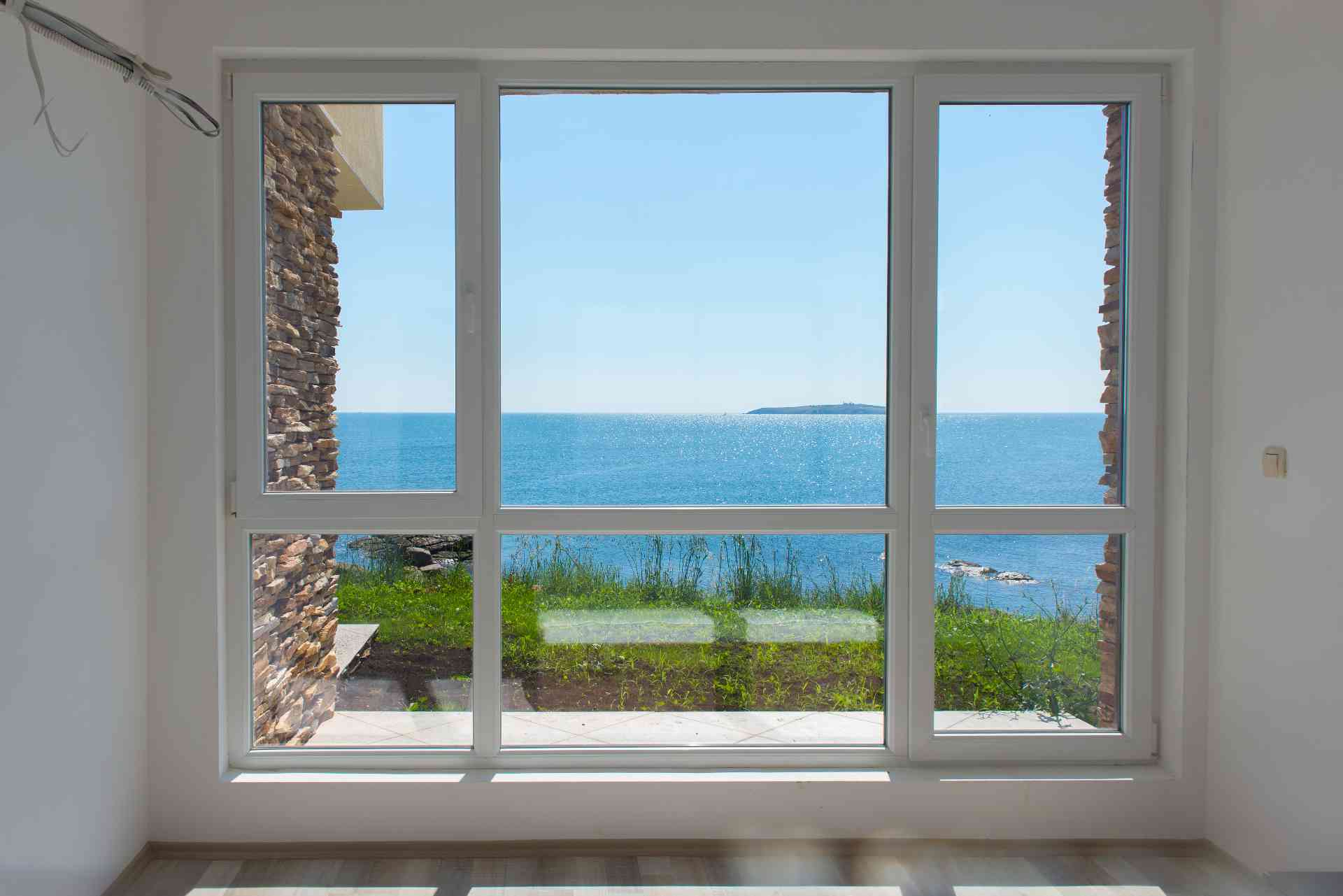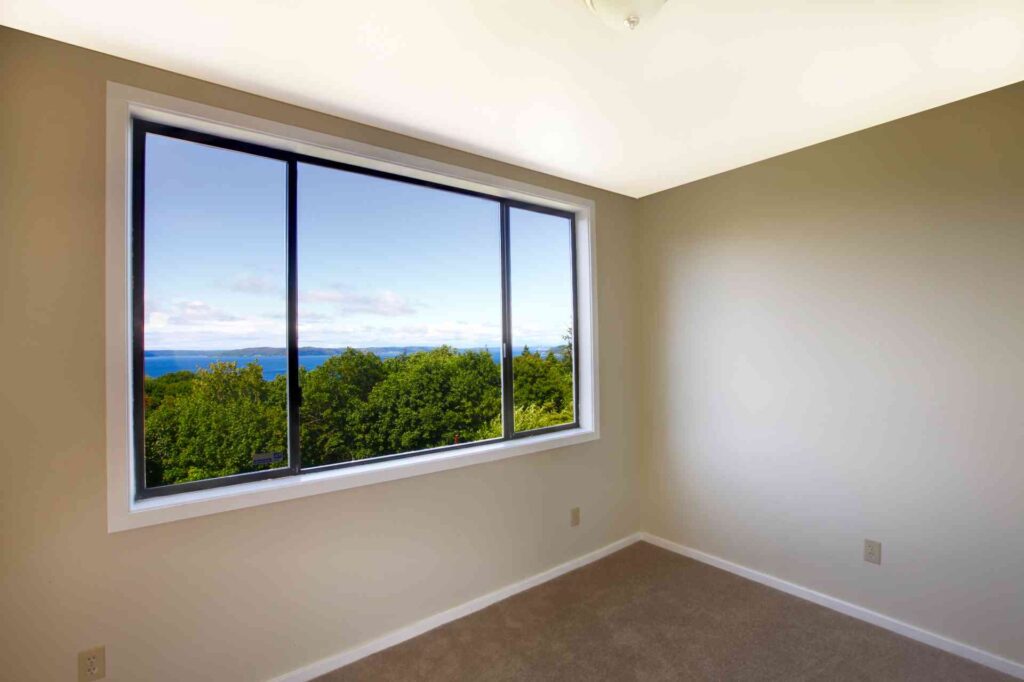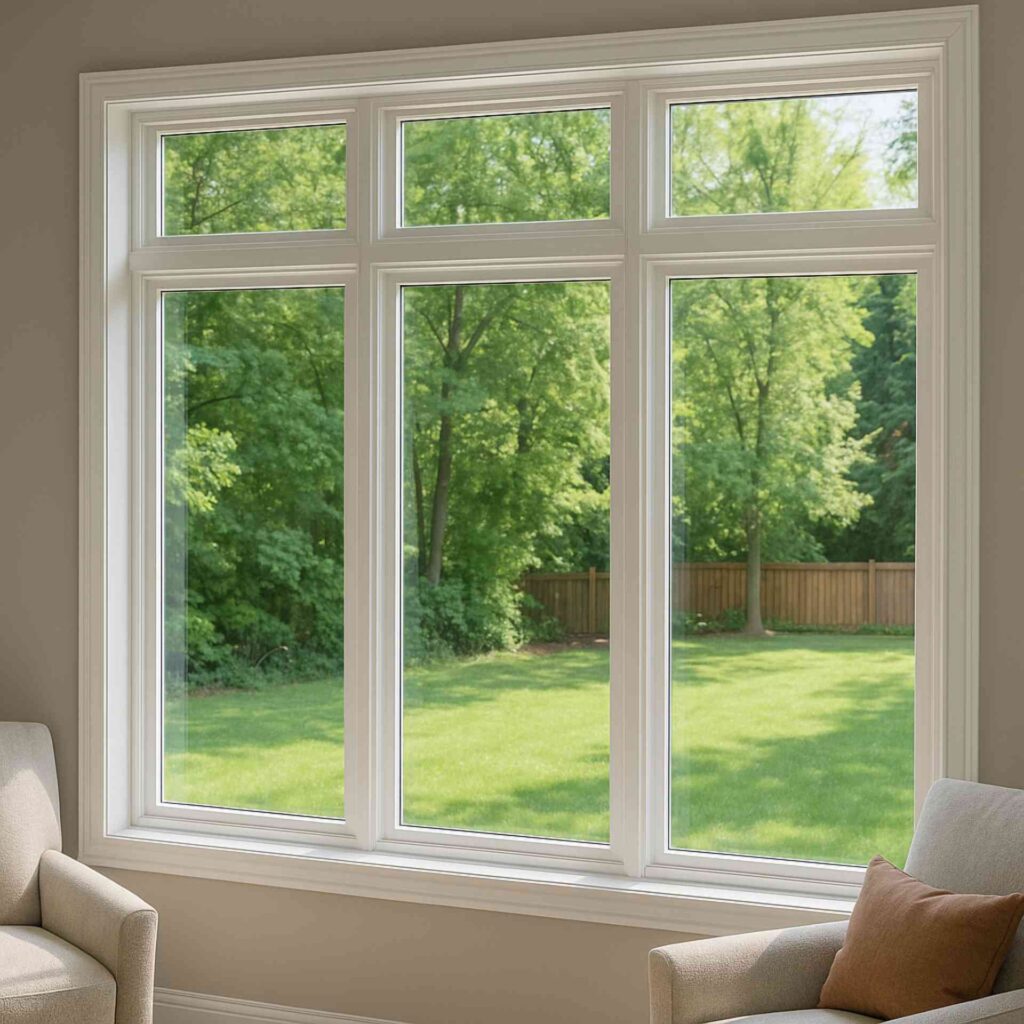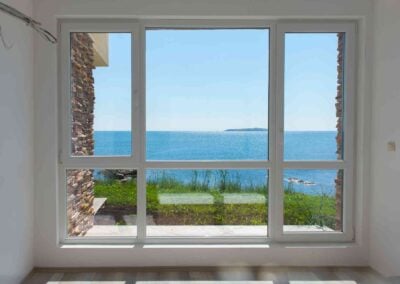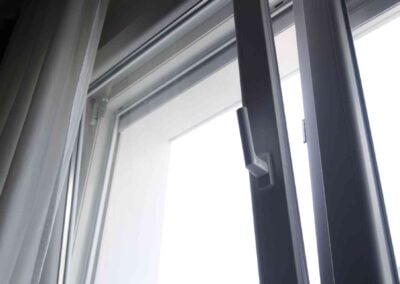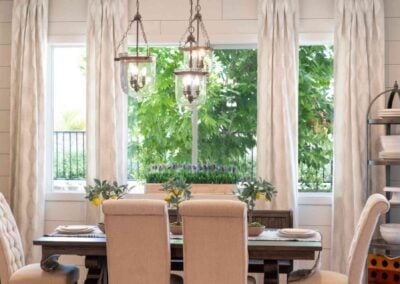When planning a window replacement or home remodel, the configuration of your new windows plays a significant role in determining how your home looks and performs. One design choice homeowners often face is whether to install mulled or non-mulled windows. Both options can enhance natural light and curb appeal, but they differ in structure, cost, and installation needs. Understanding how these two window types compare helps you choose the best configuration for your home’s layout and design goals.
In this guide, you’ll learn what mulled and non-mulled replacement windows are, how they differ, and the main advantages and disadvantages of each. You’ll also find comparison tables that make it easy to see which option fits your space best, along with tips on when to choose one over the other and why professional installation makes a lasting difference.
Table of Contents
What Are Mulled and Non-Mulled Windows?
Window configurations typically fall into two categories: mulled and non-mulled. The difference lies in how the window units are connected and installed.
- Mulled windows, also called mullion windows, are two or more window units joined together to form a single, larger unit. This process, called mulling, involves securing the frames with structural reinforcements or mullion bars for strength and weather resistance. Mulling can be done at the factory for greater precision or on-site for more customized fits. The result is a seamless, unified look that allows for wider views and more natural light.
- Non-mulled windows are individual units installed separately within their own frames. Each window functions independently, offering flexible ventilation and easier maintenance. Because they’re not joined together, non-mulled windows are lighter, simpler to install, and ideal for smaller rooms or traditional layouts where separate openings are preferred.
Key Differences Between Mulled and Non-Mulled Windows
While mulled and non-mulled windows bring natural light and fresh air into your home, they differ in key features, including how they’re built, installed, and maintained.
| Category | Mulled Windows | Non-Mulled Windows |
| Structure and appearance | Joined window units | Separate window units |
| Installation process | Requires added support | Installed individually |
| Cost | Higher overall cost | More affordable |
| Energy efficiency | Fewer gaps between units | Depends on individual seals |
| Strength and durability | Stronger for large openings | Lighter and simpler |
| Design flexibility | Combines multiple window styles | Flexible placement options |
| Operation and ventilation | Limited individual operation | Independent operation |
| Maintenance and repair | More complex servicing | Easier maintenance |
Structure and Appearance
Mulled windows provide a single, continuous look that’s ideal for wide or scenic openings. Non-mulled windows maintain a more traditional appearance with distinct framing around each unit.
Installation Process
Mulling requires precise alignment and often additional support to ensure structural integrity, especially for large assemblies. Non-mulled windows are simpler to install and don’t require reinforcement between units.
Cost
Mulled windows typically cost more due to the materials and labor involved in joining multiple units. Non-mulled windows are generally more affordable, especially for standard-sized openings.
Energy Efficiency
Because mulled windows share framing components, they often have fewer seams where air can escape. Non-mulled windows are sealed separately, so overall efficiency depends on the quality and installation of each window.
Strength and Durability
Structural mullions add strength to mulled assemblies, allowing them to span larger openings safely. Non-mulled windows rely on surrounding wall framing for support, making them better suited for smaller spaces.
Design Flexibility
Mulled windows can be arranged in various configurations, including picture, casement, and fixed combinations. Non-mulled windows offer more flexibility in placement and operation, but don’t provide a single unified appearance.
Operation and Ventilation
Because mulled windows often share a frame, fewer units may open for ventilation. With non-mulled windows, each one operates independently, allowing for greater airflow control in different rooms.
Maintenance and Repair
When one section of a mulled window needs service, the entire assembly may need to be adjusted or partially disassembled. Non-mulled windows make it easier to clean or replace a single unit without affecting the others.

Schedule a Free Consultation
Get a free home window inspection, talk with one of our design consultants to get product recommendations, and learn about special offers and financing.
Advantages of Mulled and Non-Mulled Windows
Both mulled and non-mulled windows offer unique strengths that suit different home styles and installation needs. The right choice depends on whether you want a wide, continuous view or flexible, individually operated windows.
| Mulled Windows | Non-Mulled Windows |
| Seamless look: Creates a unified, modern look that visually expands the window opening. | Traditional design: Maintains distinct framing that complements classic architectural styles. |
| Expansive light and views: Combines multiple windows for maximum natural light and unobstructed sightlines. | Independent ventilation: Allows each window to open or close separately for better airflow control. |
| Improved insulation: Fewer seams between units reduce air leakage while making the unit more energy efficient. | Simpler installation: Each window installs on its own, saving time and labor. |
| Custom configuration: Can pair fixed and operable windows for unique, tailored layouts. | Cost-effective: Generally more affordable due to reduced materials and labor. |
| Enhanced strength: Structural mullions support larger wall openings safely. | Easy maintenance: Individual windows are simpler to clean, repair, or replace. |
| Design continuity: Pairs well with transoms or sidelights for cohesive style across large walls. | Replacement flexibility: A single window can be replaced without affecting others. |
| Factory precision: Factory-mulled assemblies ensure consistent alignment and superior sealing. | Reduced structural weight: Lighter installations place less stress on the wall framing. |
Disadvantages of Mulled and Non-Mulled Windows
While both configurations have clear benefits, each comes with certain drawbacks that are important to consider before installation. Understanding these limitations helps you choose the best fit for your home and budget.
| Mulled Windows | Non-Mulled Windows |
| Higher cost: Combining multiple window units requires additional materials, labor, and reinforcement. | Less cohesive look: Separate frames create visible breaks between windows. |
| Heavier structure: Joined assemblies place more weight on the wall framing and require added support. | Smaller glass area: Individual frames reduce total visible glass. |
| Complex installation: Precision alignment and sealing make installation more labor-intensive. | Reduced efficiency: More seams and separate seals can allow air leakage if not properly installed. |
| Limited ventilation: Shared frames may reduce the number of operable windows. | More framing material: Extra frames can slightly reduce light and view. |
| Difficult repairs: If one section is damaged, repairs may require adjustments to the entire assembly. | Less structural support: Each window relies on its own frame and surrounding wall for stability. |
| Customization cost: Unique combinations can increase production and shipping expenses. | Inconsistent design: Different window types may vary slightly in size or finish. |
| Challenging transport: Large, joined assemblies can be harder to handle and install in tight spaces. | Variable performance: Energy and noise control depend on the quality of each separate window. |
When to Choose Mulled vs Non-Mulled Windows
Every home has different goals for light, views, ventilation, budget, and maintenance. Use this guide to match your priorities with the window configuration that fits best.
| What You Want for Your Home | Best Window Configuration |
| “I want an uninterrupted, expansive view across one wall.” | Mulled windows |
| “I want to bring more natural light into a darker room.” | Mulled windows |
| “My personal preference is a clean, modern look with minimal frame lines.” | Mulled windows |
| “I’d like a picture window flanked by operable windows in one framed opening.” | Mulled windows |
| “I need fewer joints for stronger air and water sealing.” | Mulled windows |
| “My wall opening is large and needs extra structural support.” | Mulled windows |
| “I want a unified design that ties multiple windows together.” | Mulled windows |
| “I’m adding transoms or sidelights and want them to align seamlessly.” | Mulled windows |
| “My home is near a busy street, and I want better sound control.” | Mulled windows |
| “I prefer a factory-built setup that ensures precision and quality.” | Mulled windows |
| “I want to control ventilation and privacy for each window separately.” | Non-mulled windows |
| “I’m looking for the most affordable option for my project.” | Non-mulled windows |
| “I’d like something easy to install without major framing changes.” | Non-mulled windows |
| “My home’s walls can’t support heavy or joined assemblies.” | Non-mulled windows |
| “I want to be able to clean or replace one window at a time.” | Non-mulled windows |
| “I plan to replace windows room by room over time.” | Non-mulled windows |
| “I need different glass styles in adjacent windows, like clear and frosted.” | Non-mulled windows |
| “I prefer a traditional look with distinct framing around each window.” | Non-mulled windows |
| “My home has narrow access, and I need something easy to transport.” | Non-mulled windows |
| “My rooms already have standard-size openings.” | Non-mulled windows |
Get Expert Help Choosing and Installing Your Windows
Selecting the right window configuration is only part of the process. Expert installation ensures your investment performs as it should. A professional installer evaluates your wall structure, sealing needs, and energy goals to ensure each window fits precisely and operates smoothly. Proper installation helps prevent drafts, leaks, and performance issues that can occur when windows aren’t aligned or sealed correctly.
At Lake Washington Windows & Doors, our experienced team provides precision installation backed by the exclusive Leak Armor Guarantee. We make sure every window delivers lasting comfort, efficiency, and curb appeal. If you’re in the Seattle area, schedule a complimentary in-home consultation to receive expert guidance on selecting and installing the ideal windows for your home.




